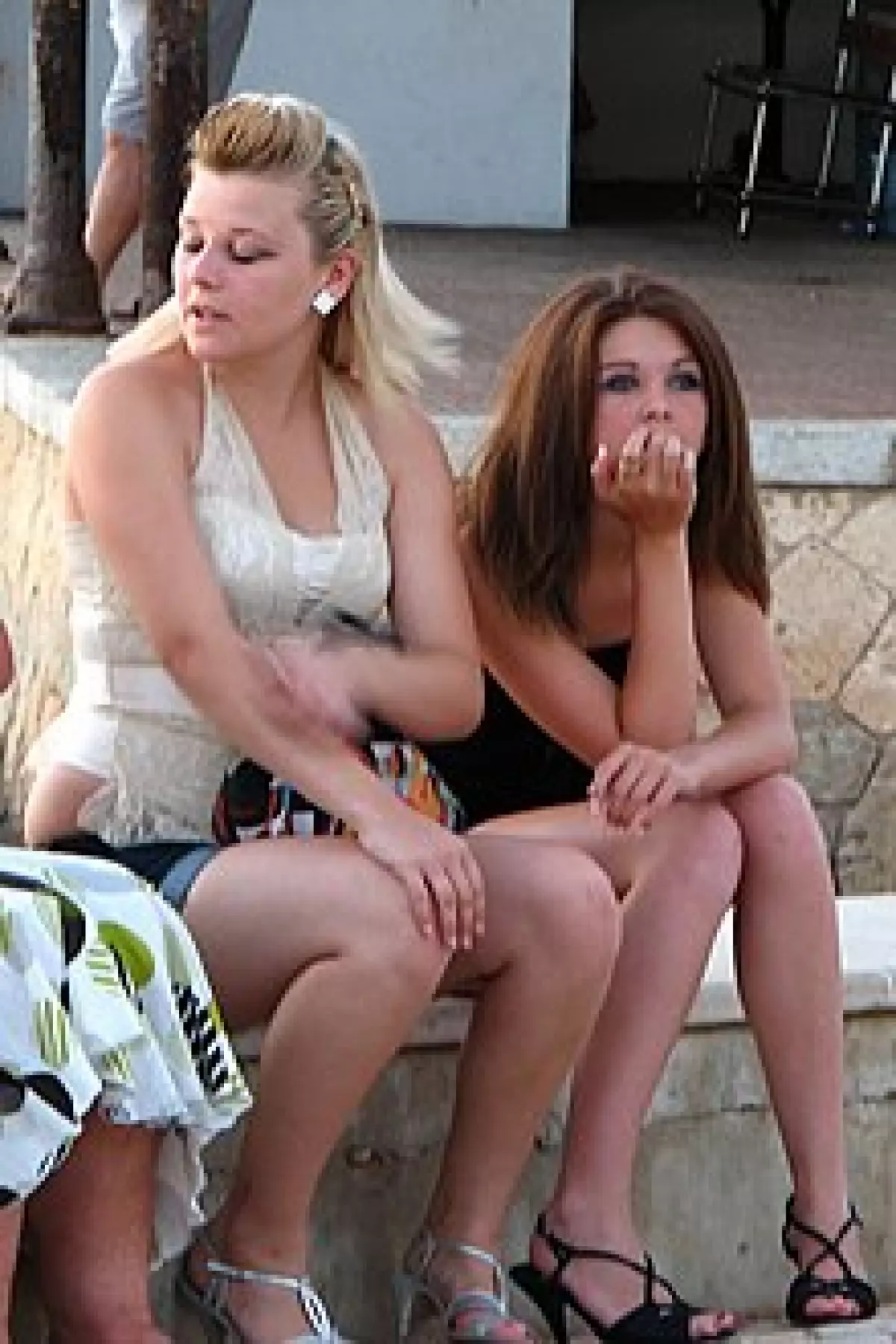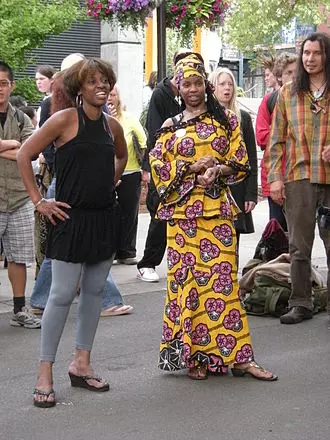
The 2000s in fashion was a period characterized by a global mash-up of trends and the fusion of various styles, influenced by vintage fashion, ethnic clothing, and music-based subcultures. This decade witnessed the rise of hip-hop fashion among young people, followed by a retro-inspired indie look. Dressy casual styles were popular among those over 25, while globalization brought Middle Eastern and Asian influences to mainstream fashion. Furthermore, eco-friendly and ethical clothing gained prominence.

The Rise of Fast Fashion
During the early to mid-2000s, fast fashion became increasingly popular. Affordable off-the-peg high street clothing, inspired by high fashion designs, allowed consumers to own designer items at lower prices. This trend was driven by retailers like H&M, Forever 21, and Zara, who offered new styles quickly and capitalized on consumers' changing spending habits. Fashion designers also adapted to the trend, collaborating with fast fashion brands to introduce one-time collections that sold out rapidly.

Ethics and Sustainability
The ethics of fast fashion faced scrutiny due to less secure worker conditions, non-livable wages, and excessive waste. Critics highlighted the negative impact of fast fashion on the environment and the involvement of cheap labor. Major retailers like Forever 21 and H&M faced backlash for their wasteful practices and exploitation of workers. This led to an increased focus on the ethical and sustainable aspects of fashion.
Socio-economic Influences and the Logo Purse
In the late 2000s, socio-economic factors played a significant role in fashion trends. As income inequalities rose, people sought to present themselves as belonging to a higher income group. Branded items, particularly logo purses, became symbols of wealth and status. The blending of street style and haute couture allowed individuals to communicate equality ideals while embracing their roots. The popularity of outlet stores and fast fashion knock-offs made branded purses accessible to a wider audience.

Women's Fashion: Early 2000s (2000-2002)
In the early 2000s, fashion was influenced by technology and futuristic aesthetics. Monochromatic looks with metallics, shiny blacks, and gray tones were popular. Y2K fashion aimed to reflect the sleek appearance of the era's new technology. Mesh tops, wraparound sunglasses, handkerchief tops, satin skirts, and denim jackets were commonly seen during this time. Casual chic outfits featuring oversized sunglasses, hoop earrings, mid-rise jeans, and hot pants were also prevalent.
Women's Fashion: Mid 2000s (2003-2006)
Mid-2000s fashion saw a resurgence of 1960s-inspired apparel. It items like Kate Spade wallets, Juicy Couture tracksuits, and Christian Dior saddle bags gained popularity. Embroidered low-rise jeans, yoga pants, tube tops, cardigans, and cargo pants became fashionable. The 1980s revival also began during this period, with denim miniskirts, ripped jeans, and trench coats making a comeback. The influence of the TV show "Sex and the City" inspired stilettos, designer handbags, and large fabric flowers.

African Clothing
Throughout the mid and late 2000s, African clothing gained prominence. Women's fashion in Africa showcased traditional dresses like the boubou, pagne, and doek. Secondhand Western dress donated by charities also became popular. This preference for imported clothing was due to the higher quality of construction and recognizable brand labels compared to newly-made Chinese textiles.
Men's Fashion
Men's fashion in the 2000s encompassed various styles and trends. Y2K fashion featured futuristic metallic patterns, leather coats, and shiny black attire. Leisurewear, including tracksuits, cargo pants, and light-colored polo shirts, was popular among young men. Retro-inspired fashion emerged in the mid-2000s, with a focus on the 1960s mod culture and the British indie pop scene. The late 2000s witnessed a resurgence of 1950s and 1980s fashion, with hairstyles like the pompadour and psychobilly mohican gaining popularity.
Youth Fashion
Youth fashion in the 2000s was strongly influenced by music-based subcultures like emo, indie, and skater. Hip-hop fashion, chav style, and scene kid fashion also emerged during this period. Emphasis was placed on individuality and self-expression through clothing choices, including baggy jeans, band T-shirts, hoodies, and chunky accessories. Preppy styles and goth subculture also made an impact on teenage fashion trends.
Beauty Trends
Makeup and cosmetic trends in the 2000s went through various phases. Glittery Y2K-inspired makeup was popular at the beginning of the decade, followed by a more natural and low-maintenance style. Retro-styled makeup from the 1940s and the smoky eye look gained popularity in the mid-2000s. Body care trends included sunless tanning, hair removal, and teeth whitening. Tattoos and piercings remained popular among both genders, with tramp stamps and tribal arm tattoos being trendy.
The fashion and beauty trends of the 2000s reflected a dynamic era of cultural fusion and evolving styles. From fast fashion to ethical considerations, the fashion industry underwent significant transformations during this time. The influence of music, technology, and socio-economic factors shaped the trends of this iconic decade.


















